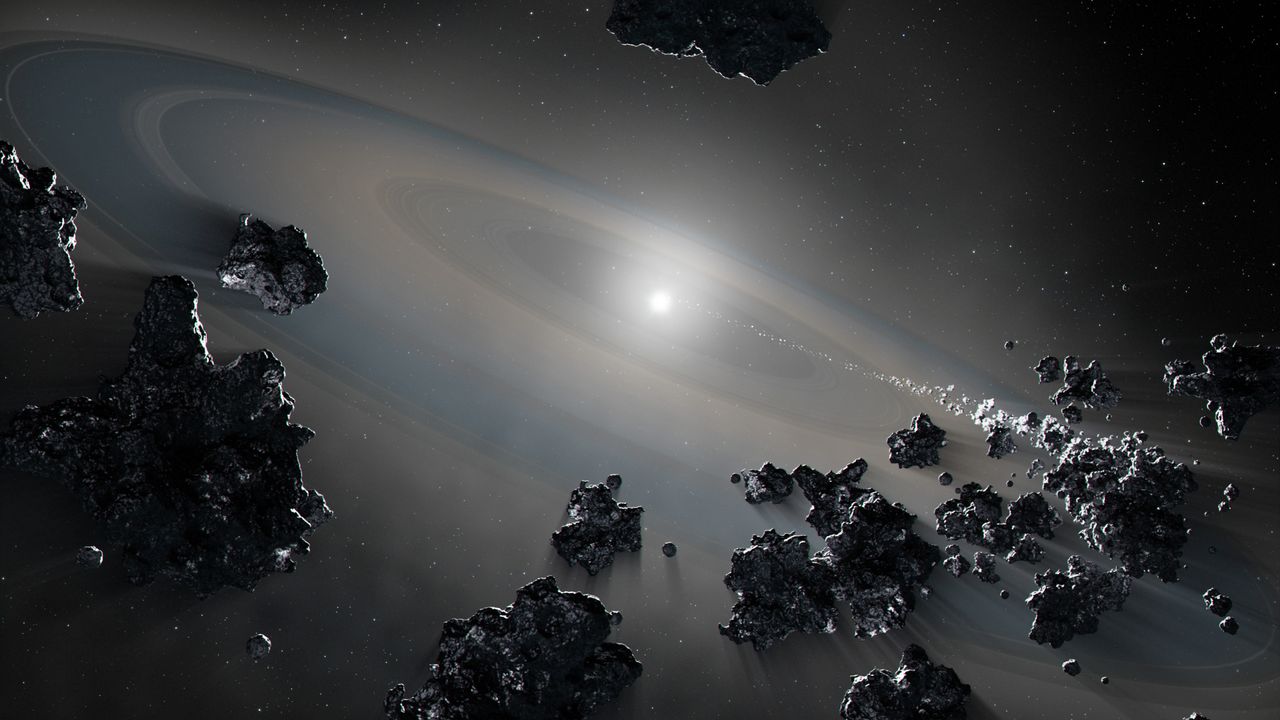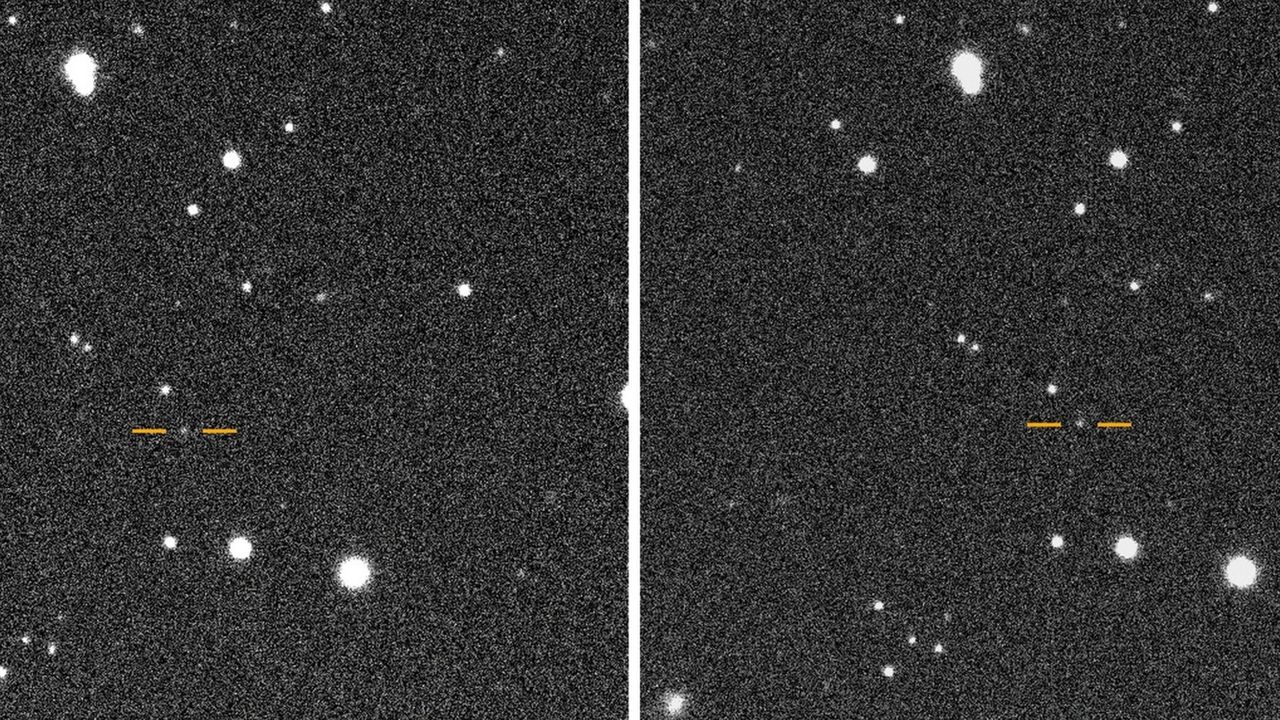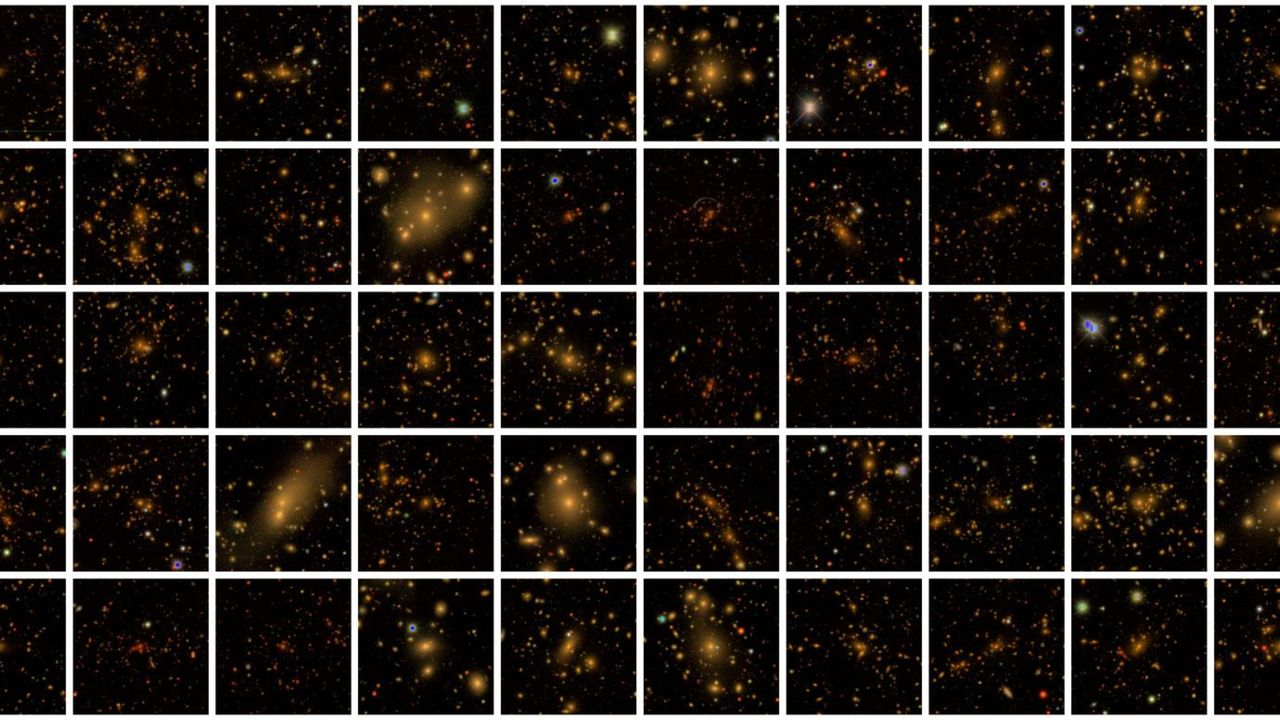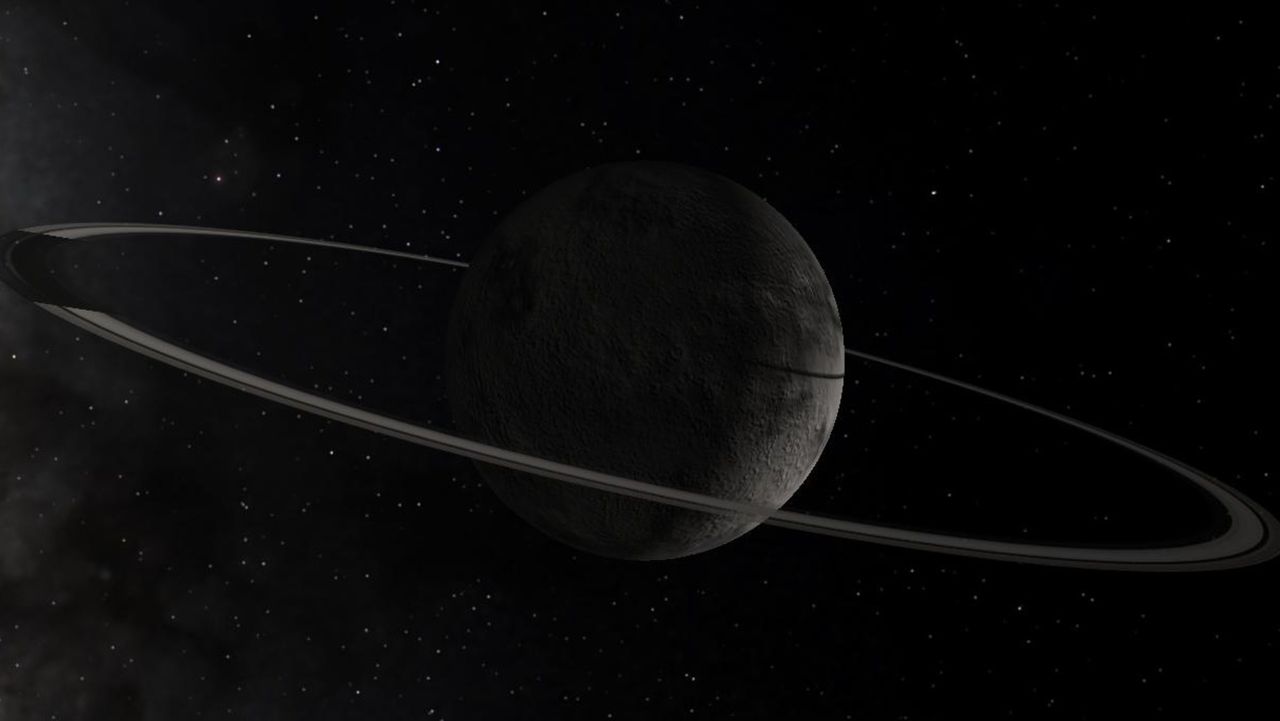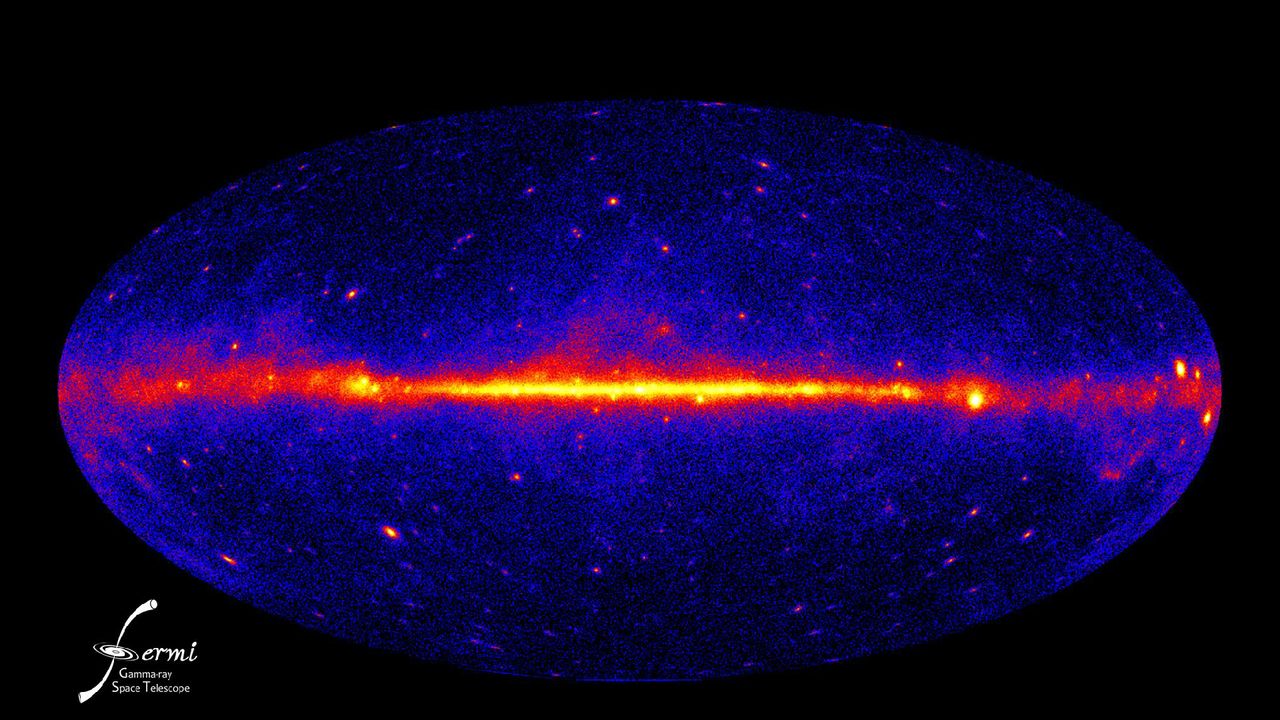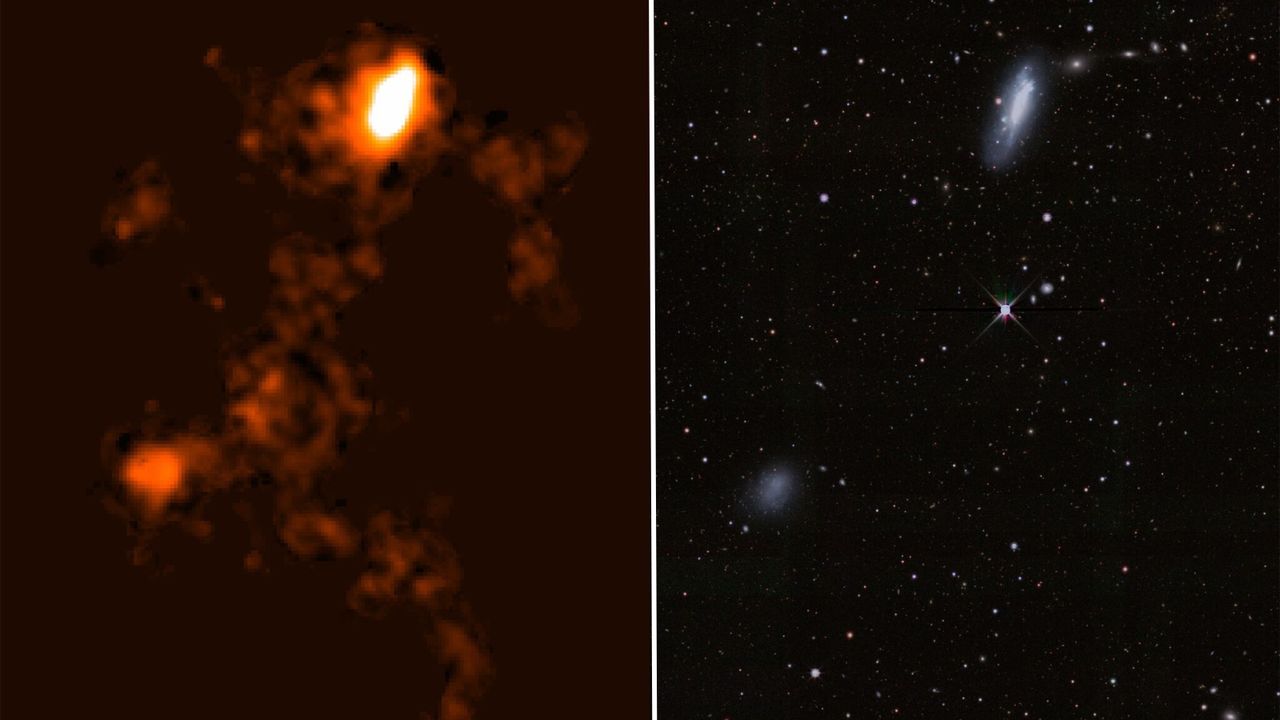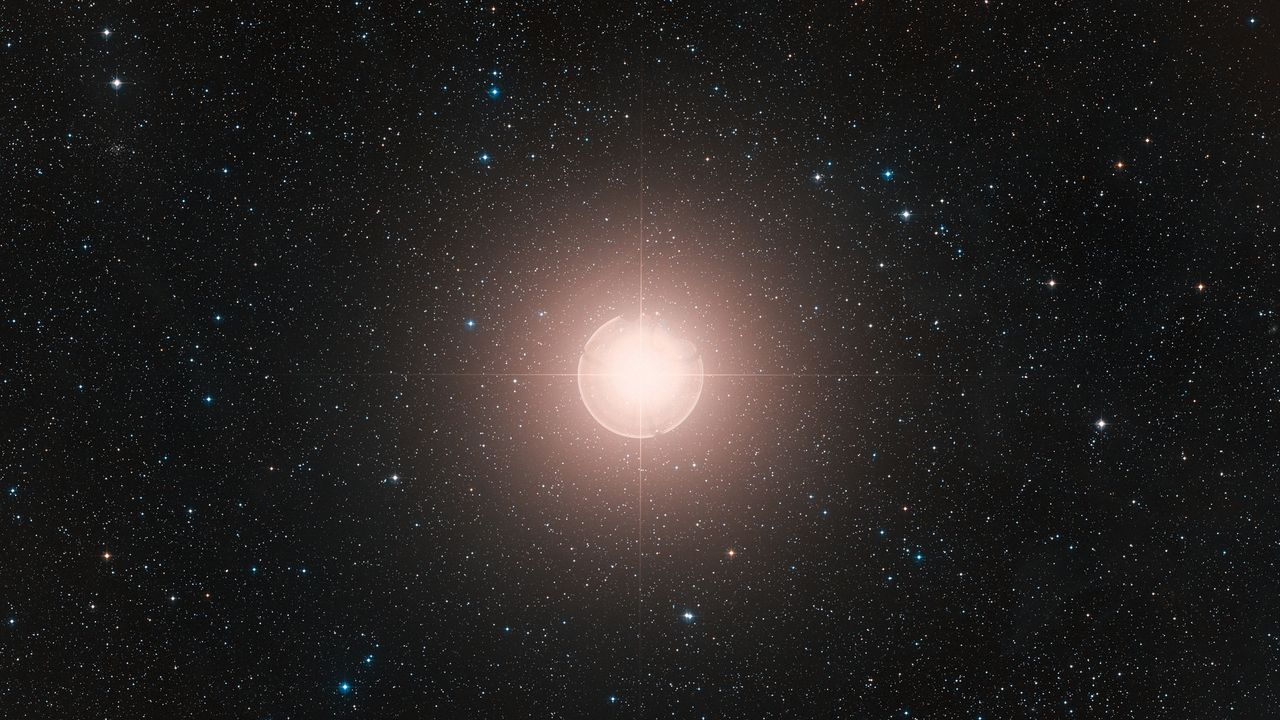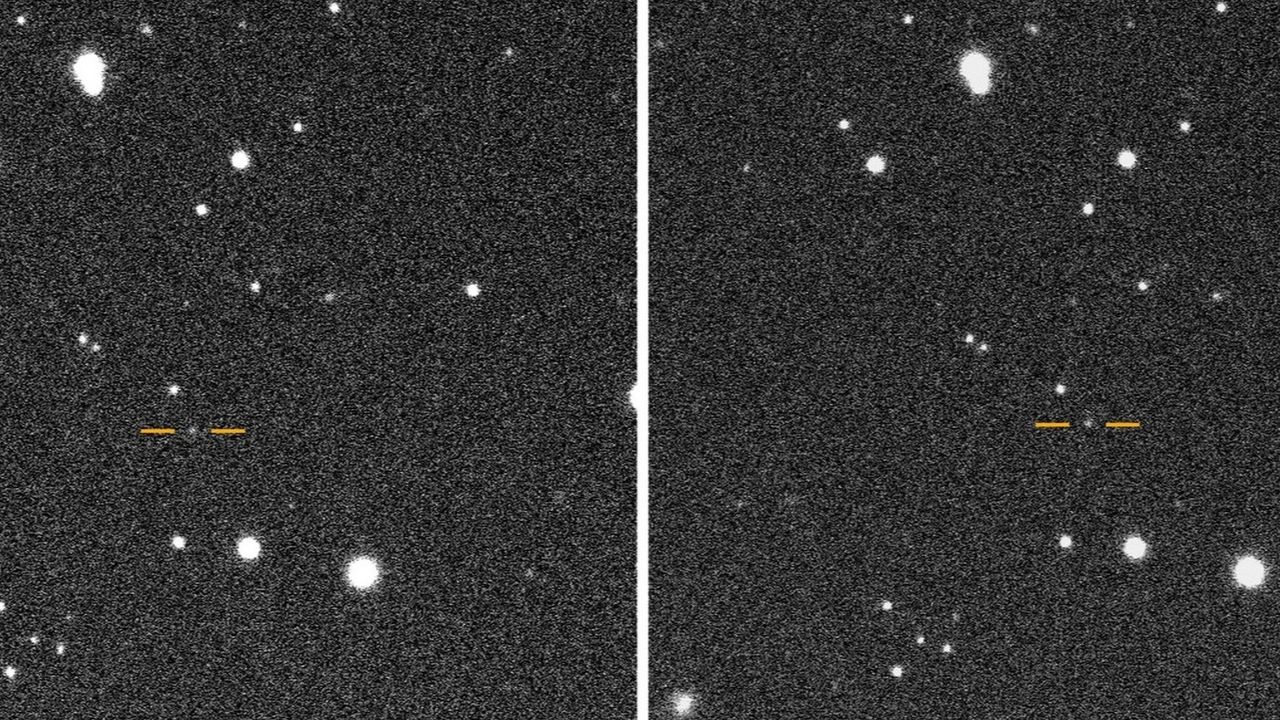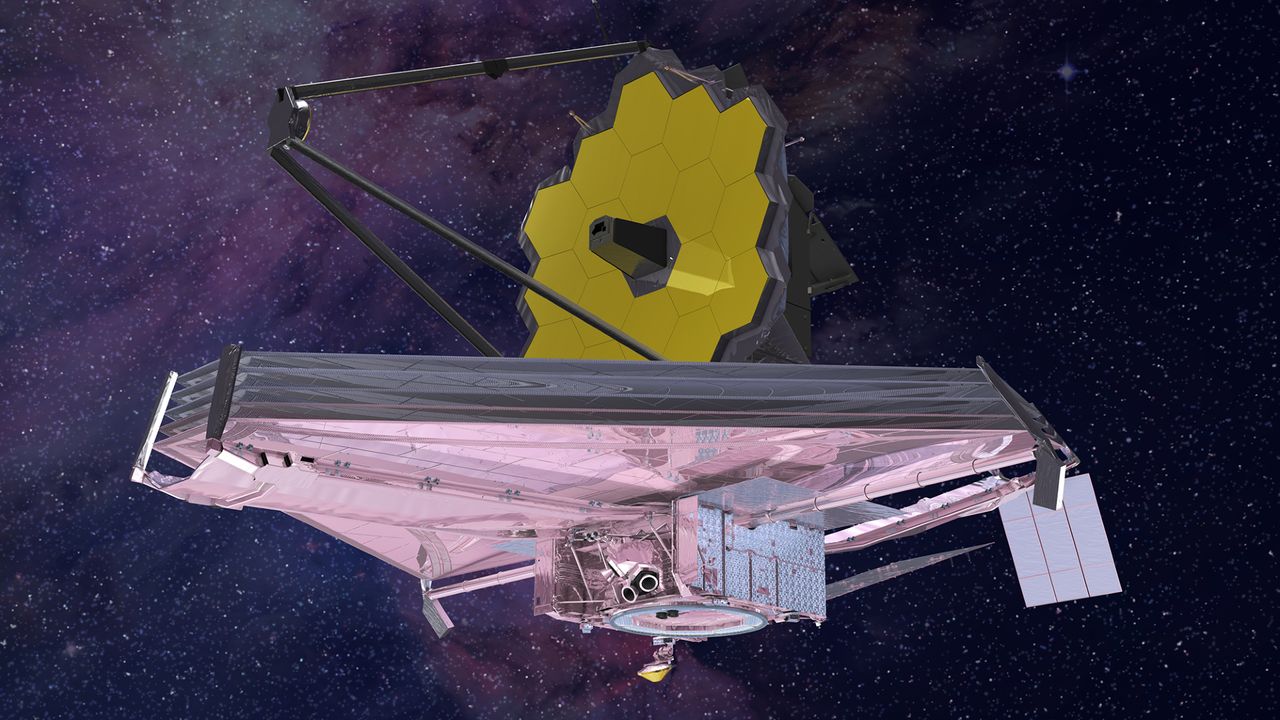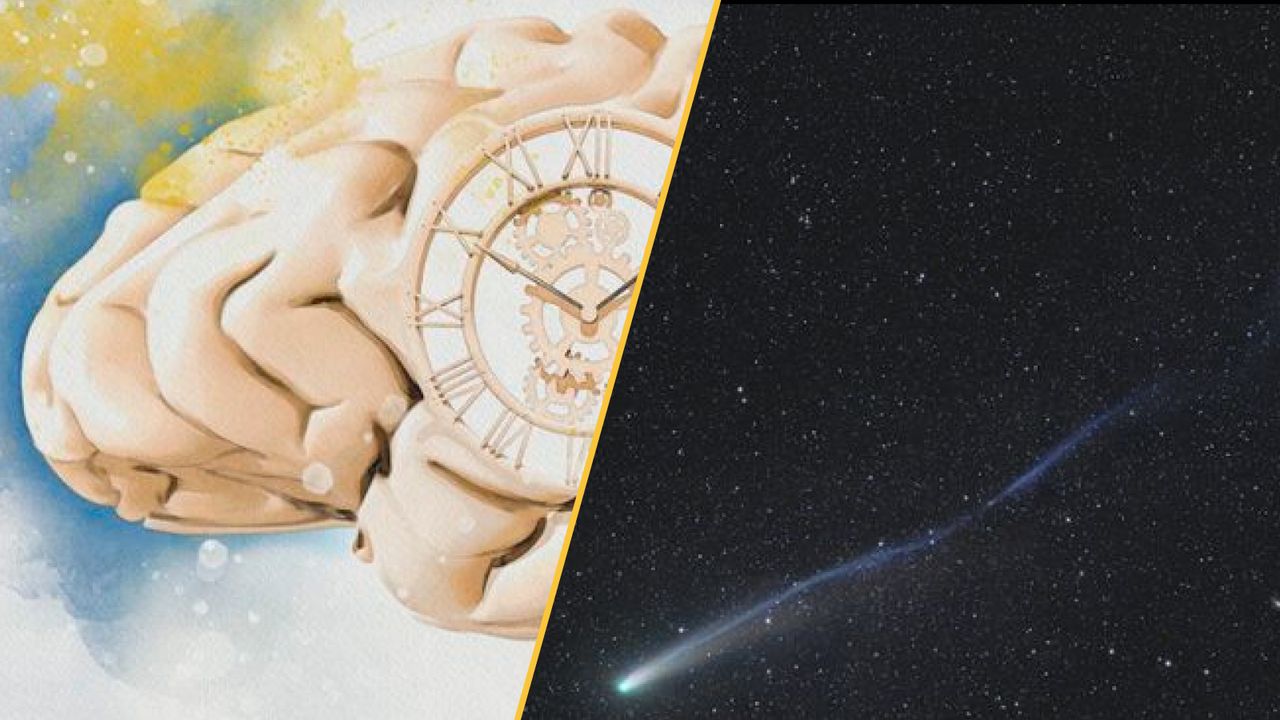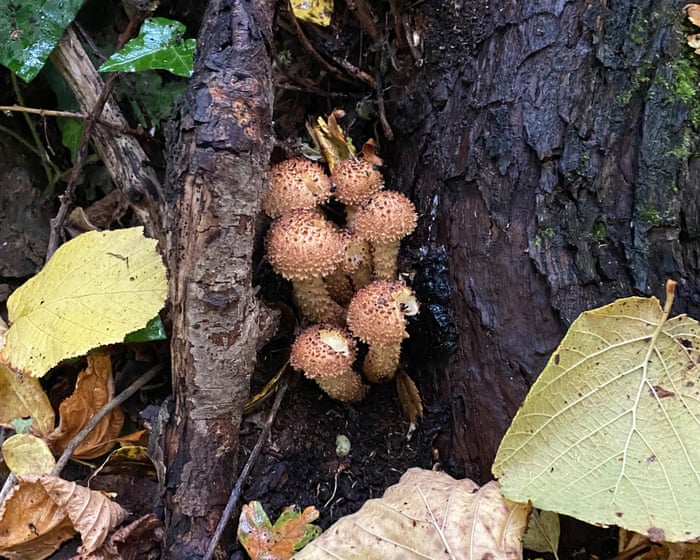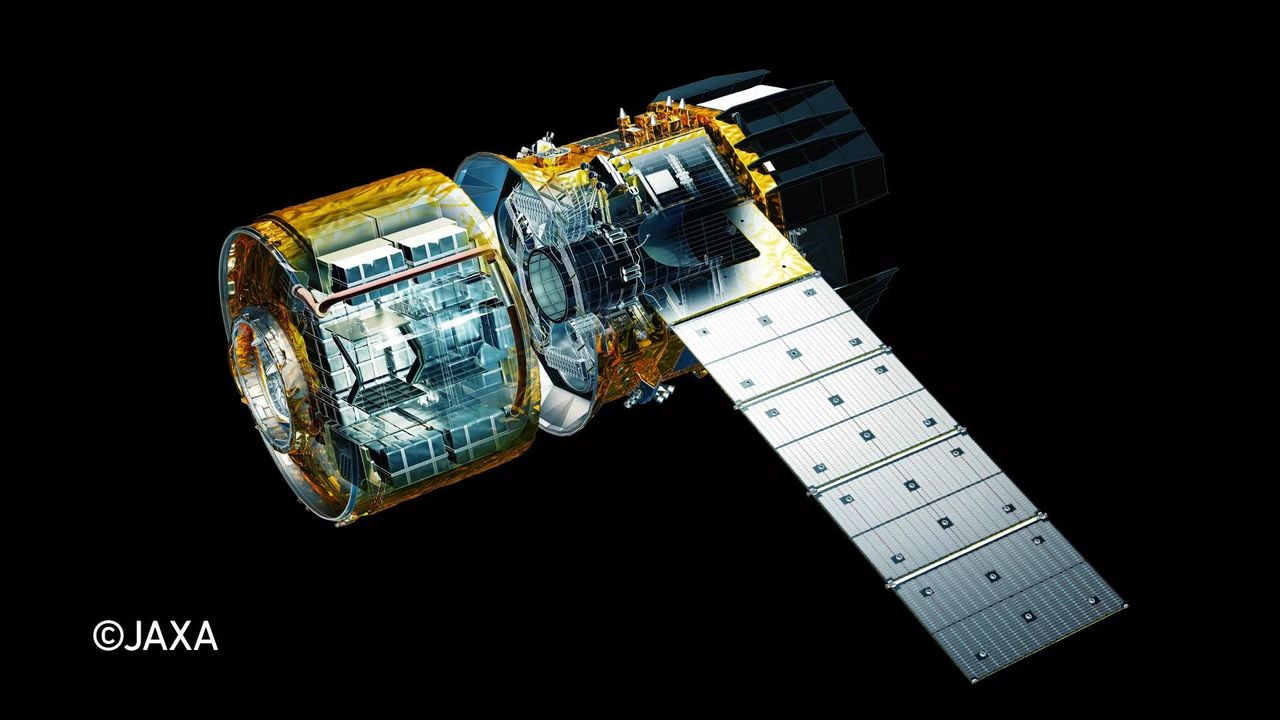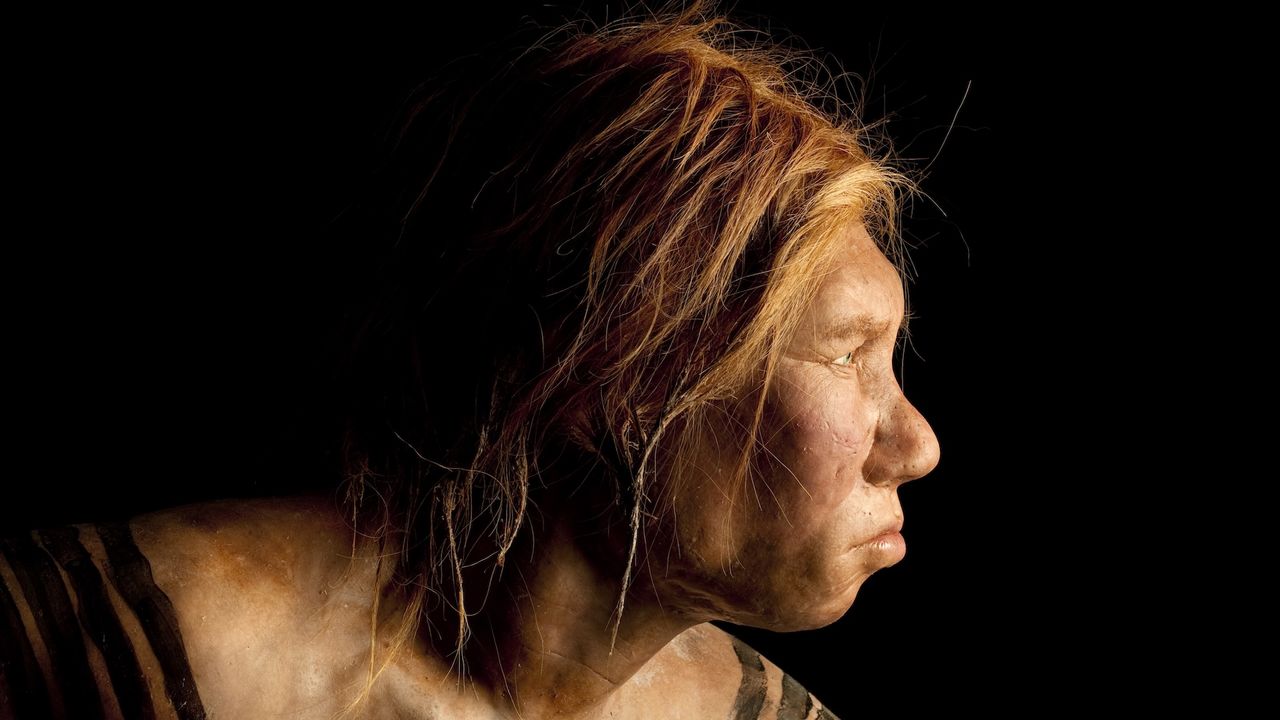Strange object between Saturn and Uranus is 'evolving' its own ring system, study suggests
PositiveScience
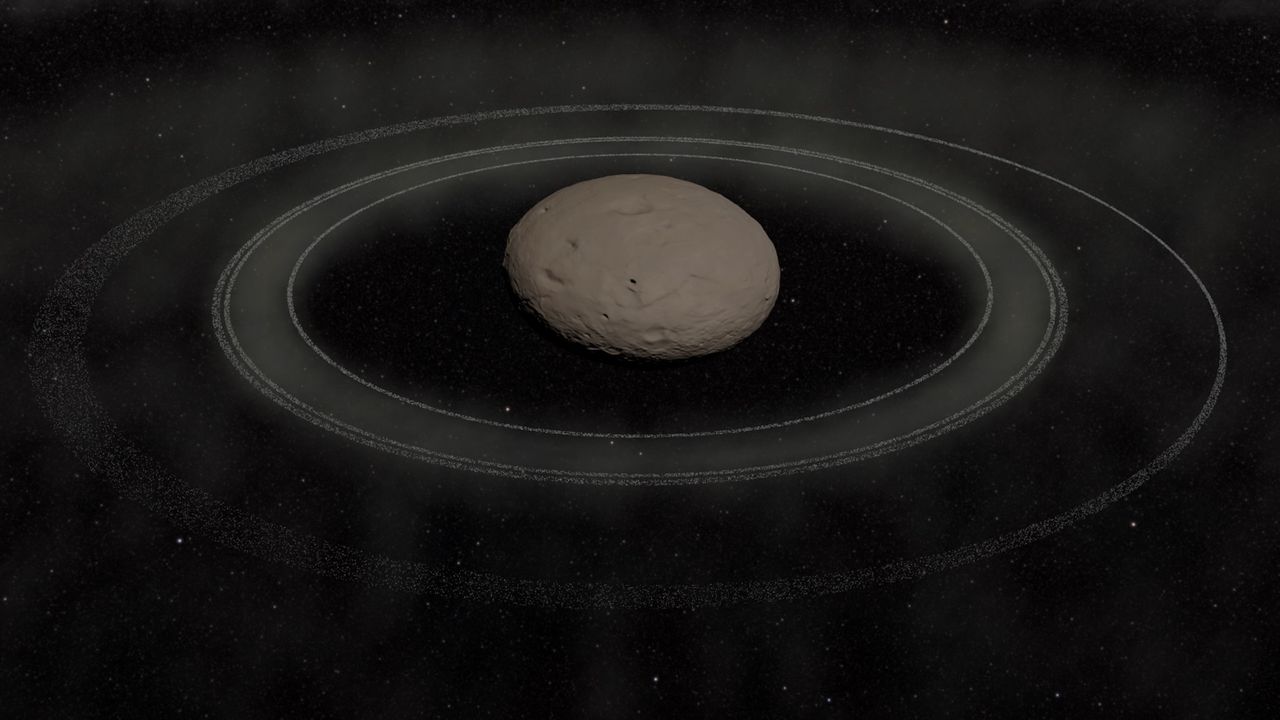
Astronomers have made an exciting discovery about Chiron, a small icy body located between Saturn and Uranus. They observed signs that Chiron may be in the process of forming its own ring system, which is a fascinating development in our understanding of celestial bodies. This finding is significant because it not only enhances our knowledge of Chiron but also sheds light on the dynamic processes that can occur in our solar system.
— Curated by the World Pulse Now AI Editorial System
